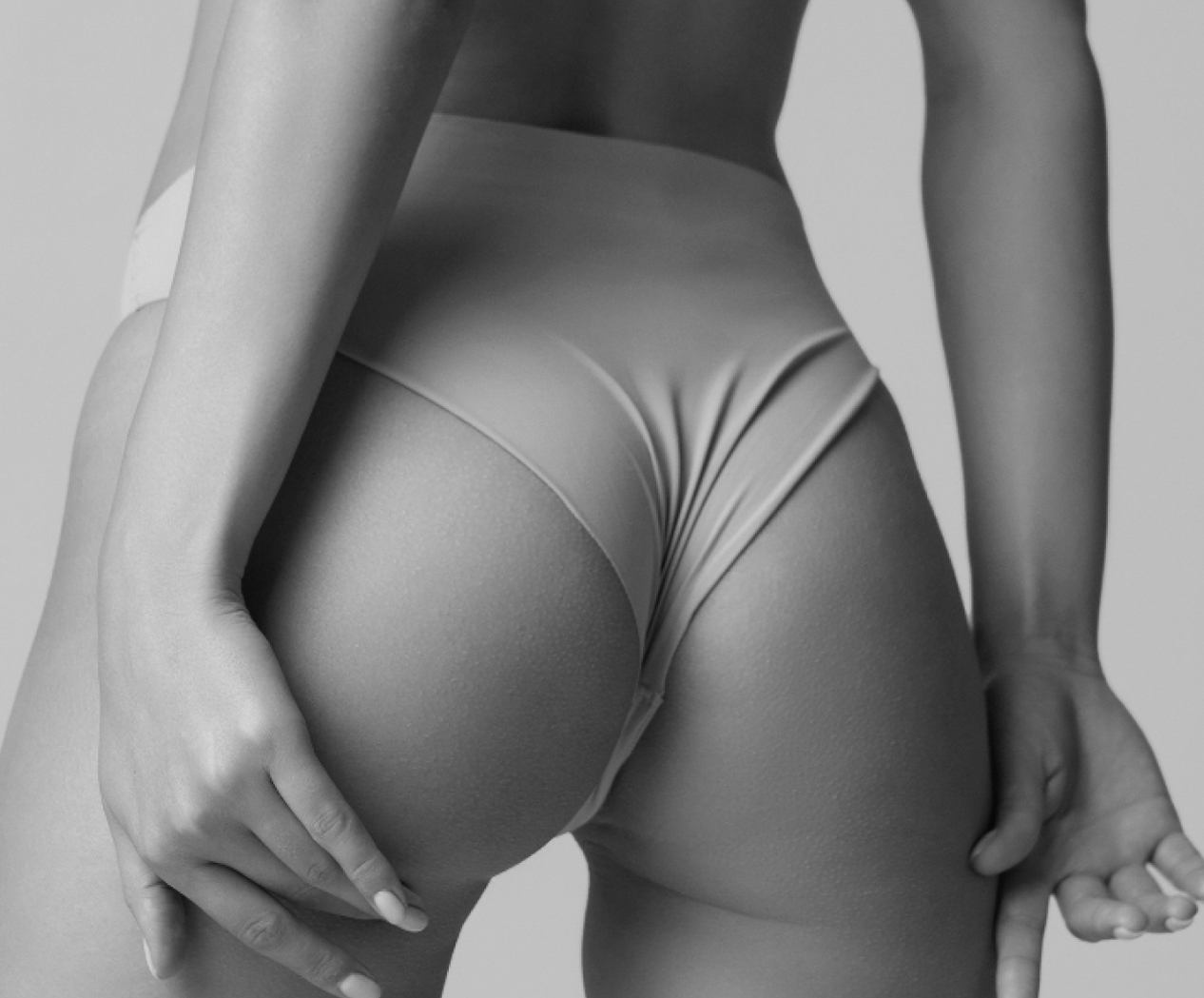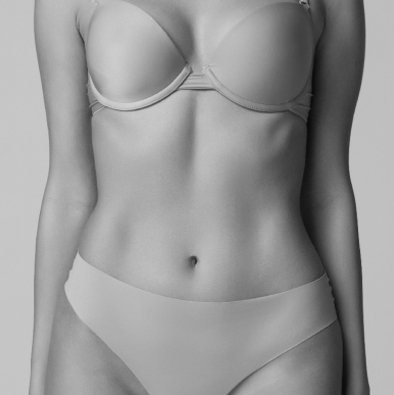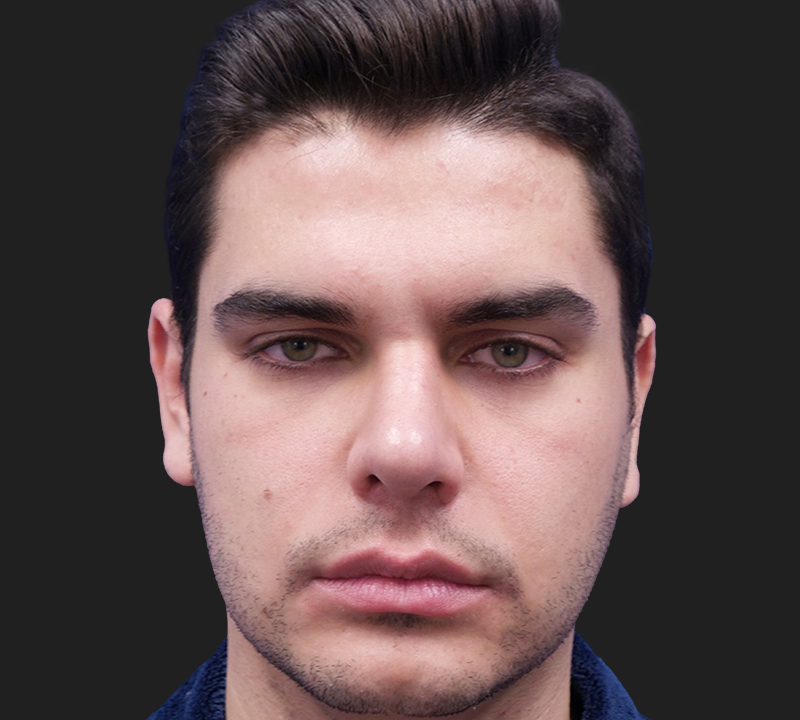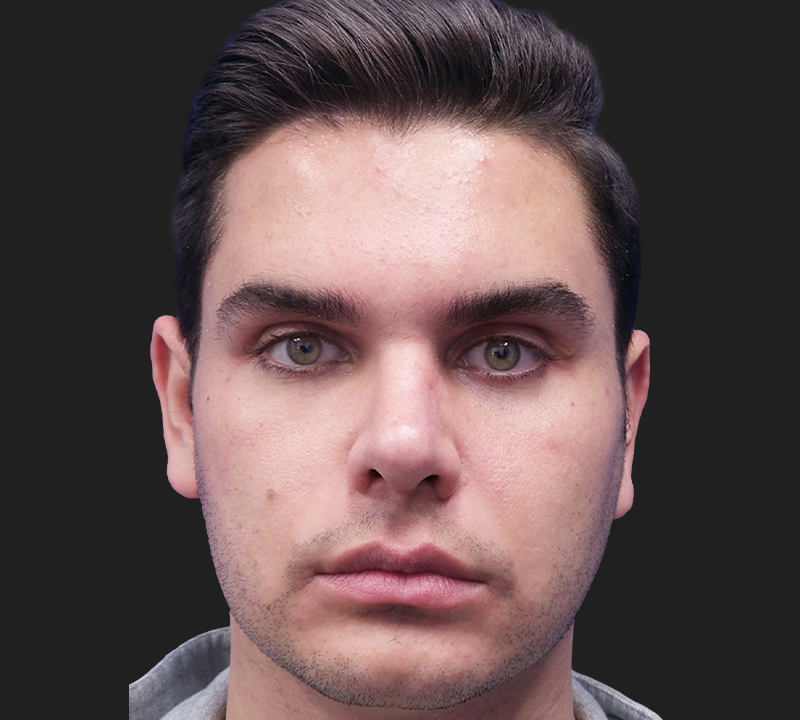Direct Brow Lift

Is Brow Lift Right For You?
As people age, they might start to notice a drooping of the eyebrows or lines appearing in the forehead caused by the natural effects of gravity and repetitive facial movements. These unwanted changes can be successfully reversed through a range of cosmetic procedures, including a facelift, brow lift, and forehead lift. While successful, many of these procedures require large incisions and invasive methods.
For an effective, safe, and simple brow lift, many patients seek a procedure called the Endotine TransBleph procedure. This revolutionary procedure is performed through one incision in the upper lid, the same incision used for a traditional blepharoplasty procedure. However, with the Direct Brow Lift, a device is implanted into the brow that allows the sagging skin to be suspended across three stable soft tissue anchors.
read more

The Brow Lift Procedure
Patients can enjoy the results of an Direct Brow Lift without undergoing a full brow lift or forehead lift procedure. Through one simple procedure, the Direct Brow device combines the effects of removing upper eyelid skin and repositioning the brow. This Endotine TransBleph procedure can be performed under local anesthesia in just minutes, and patients are able to return home the very same day.
The Endotine TransBleph procedure is ideal for patients with mild to moderate brow ptosis (droopiness) who wish to avoid or prolong the need for a full forehead or brow lift. The Endotine TransBleph procedure is effective in raising the eyebrows, reducing the appearance of wrinkles and furrows on the forehead and creating a more youthful appearance overall. Best of all, the Endotine TransBleph results will last for years, unlike non-surgical lift methods. In order to maximize results, many patients choose to combine the Direct Brow Lift with other procedures, such as blepharoplasty.
read more


Meet Dr. Kevin Tehrani, MD FACS
Brow Lift Recovery
Most patients experience temporary swelling, bruising, and soreness, but this should go away after a week or two. You should keep your head elevated at all times during your recovery to prevent further swelling, and it’s important to keep your wounds dry for the first few days. Over the next few weeks of your recovery, the device will be safely absorbed by the body, and the skin over the brow will gradually reattach to the bone at the new desired position.
»Contact us today about a Direct Brow Lift in Manhattan or Long Island.

Get in touch
To schedule a consultation, please fill out the form below or call us at our Manhattan or Great Neck office locations.
"*" indicates required fields
Frequently
Asked Questions
How does a direct brow lift differ from a conventional brow lift?
A direct brow lift removes skin right above the eyebrows, rather than lifting through the hairline, making it ideal for specific forehead or brow concerns.
Who is a good candidate?
Patients with drooping brows who prefer a more targeted approach and have minimal concern about incisions above the eyebrows.
Where are the incisions made?
Along or slightly above the brow hairs, allowing for direct removal of excess skin and tissue.
Will scars be visible?
They can be noticeable initially but usually fade over time, especially if well cared for.
What is the downtime?
Most patients resume non-strenuous activities in about a week, although minor swelling/bruising can persist for up to two weeks.





